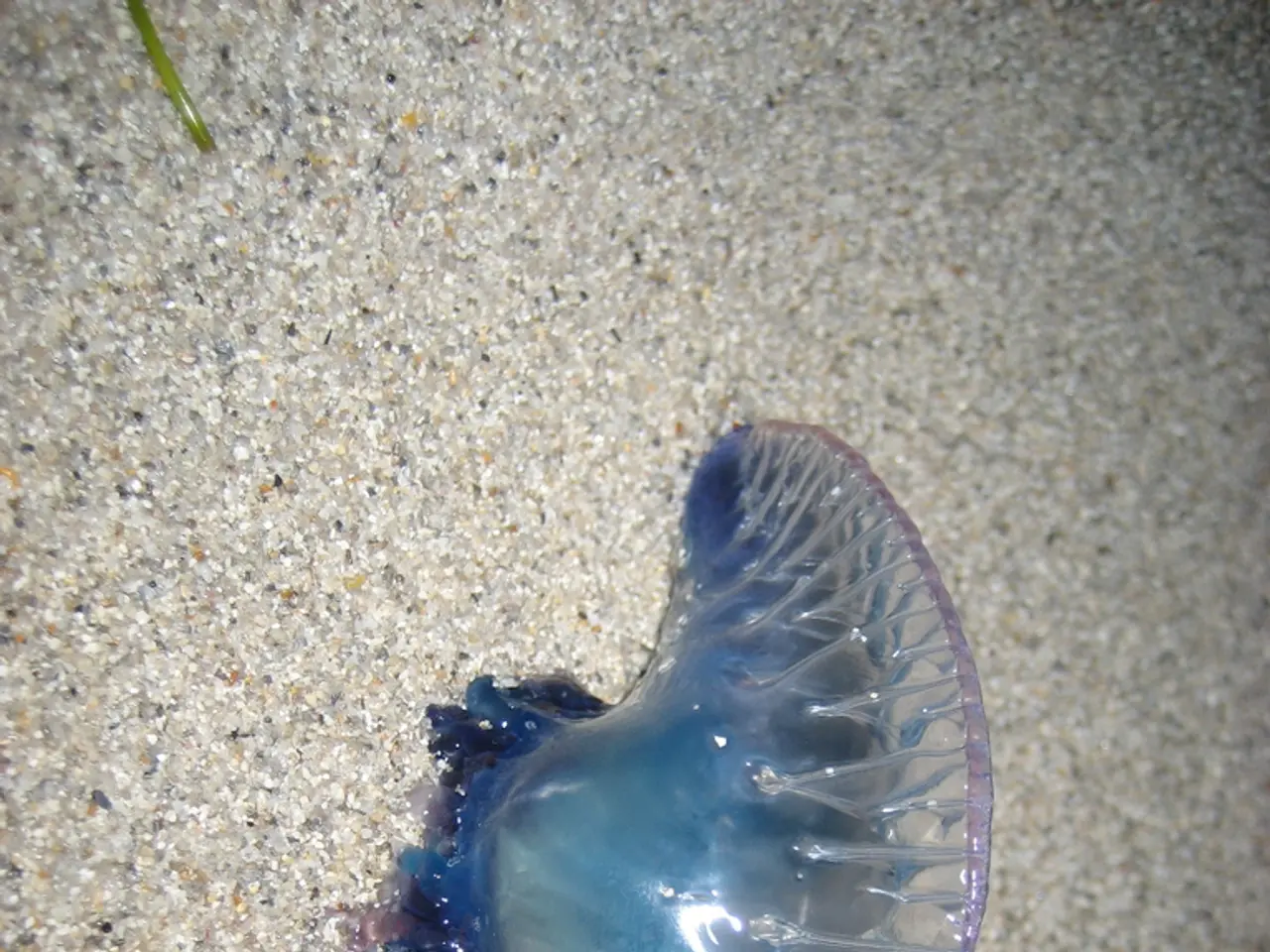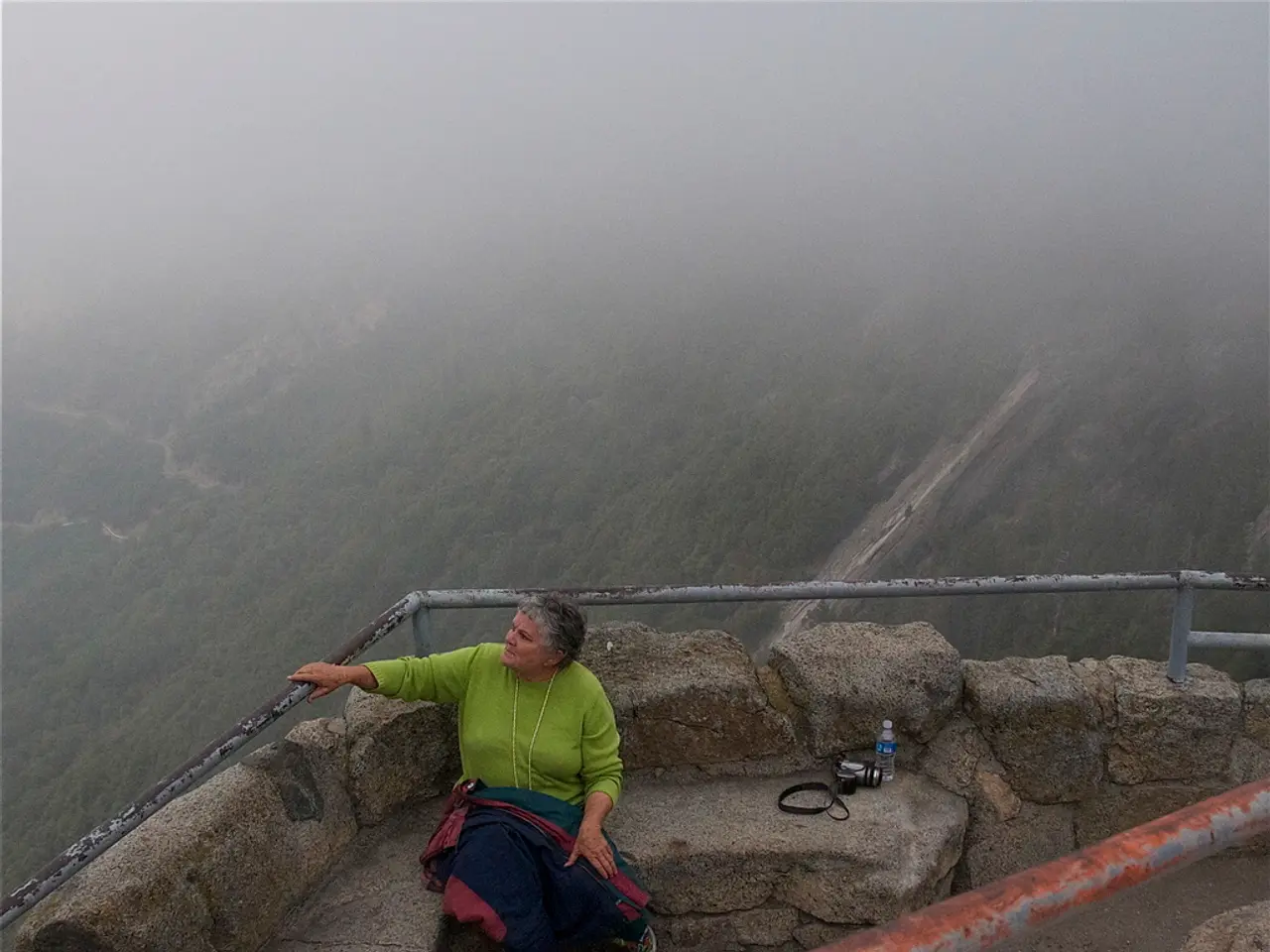Efficient Method for Tick Removal During Hiking, Endorsed by Park Rangers
In the warmer months, enjoying outdoor activities like hiking, camping, or backpacking can lead to an unwanted encounter with ticks. These small creatures are not only a nuisance but can also carry diseases that can easily spread to humans and other animals. Here's a guide on preventing and removing ticks to ensure a safe and enjoyable experience.
## Preventing Tick Bites
To minimise the risk of tick bites, it's essential to take some precautions.
1. **Wear Protective Clothing**: Opt for long sleeves, long pants, and closed shoes to reduce exposed skin. Tuck your pants into your socks and your shirt into your pants to seal any gaps, making it harder for ticks to crawl up your body. Choose light-coloured clothing to easily spot ticks.
2. **Use Tick Repellents**: Apply EPA-approved insect repellents like DEET to exposed skin and clothing. However, avoid using DEET on bare skin frequently due to potential skin irritation and damage to certain materials. Consider using clothing treated with Permethrin, which can deter ticks for multiple washes.
3. **Stay on Trails**: Stick to clear trails to avoid areas with tall grass and brush, where ticks are more common.
4. **Tick Checks**: Perform regular tick checks during and after outdoor activities, focusing on areas like behind the knees, around the waist, and along the hairline.
## Removing Ticks
If a tick does manage to latch onto you, it's crucial to remove it properly to prevent the spread of diseases.
1. **Proper Removal Technique**: Use fine-tipped tweezers to grasp the tick as close to the skin as possible. Pull the tick out slowly and steadily in a straight motion without twisting or jerking.
2. **Post-Removal Care**: Clean the bite area with soap and water, apply an antiseptic to reduce infection risk, and monitor for signs of tick-borne illnesses.
## Additional Tips
- After a hike, it's important to check yourself thoroughly for ticks, including socks, undergarments, and body parts like behind knees, elbows, armpits, behind ears, neck, and areas that grow hair. - Avoid areas with tall grasses and brush to reduce the risk of tick encounters. - Using a lint roller with sticky paper after a hike can help remove ticks from clothes. - Mirrors can be helpful when checking for ticks on hard-to-reach areas of the body. - If a furry pet was on the hike, it's important to give them a thorough check as well. - Encounters with ticks on hiking trails can lead to ticks hitching a ride home on clothes and furniture. - Shower as soon as possible after returning from outdoors to wash off any ticks. Wash clothing in hot water to kill ticks. - Researching the likelihood of encountering ticks before hiking is a preventative step. - Using repellant, particularly permethrin, on clothes and exposed skin can help deter ticks and other insects. - Cold or lukewarm water settings are not sufficient for killing ticks in washed clothing. - Ticks can be very small, so it's important to take your time when checking yourself and your pet for ticks.
By following these steps, you can significantly reduce the risk of tick bites and effectively manage tick removal. Remember, avoiding ticks while hiking is better than removing them later. Stay safe and enjoy your outdoor adventures!
When planning for future hiking trips, consider referring to travel guides that provide tips on preventing and managing tick encounters. As a health-and-wellness enthusiast, you might also find information on fitness-and-exercise routines suitable for outdoor activities in these guides.




